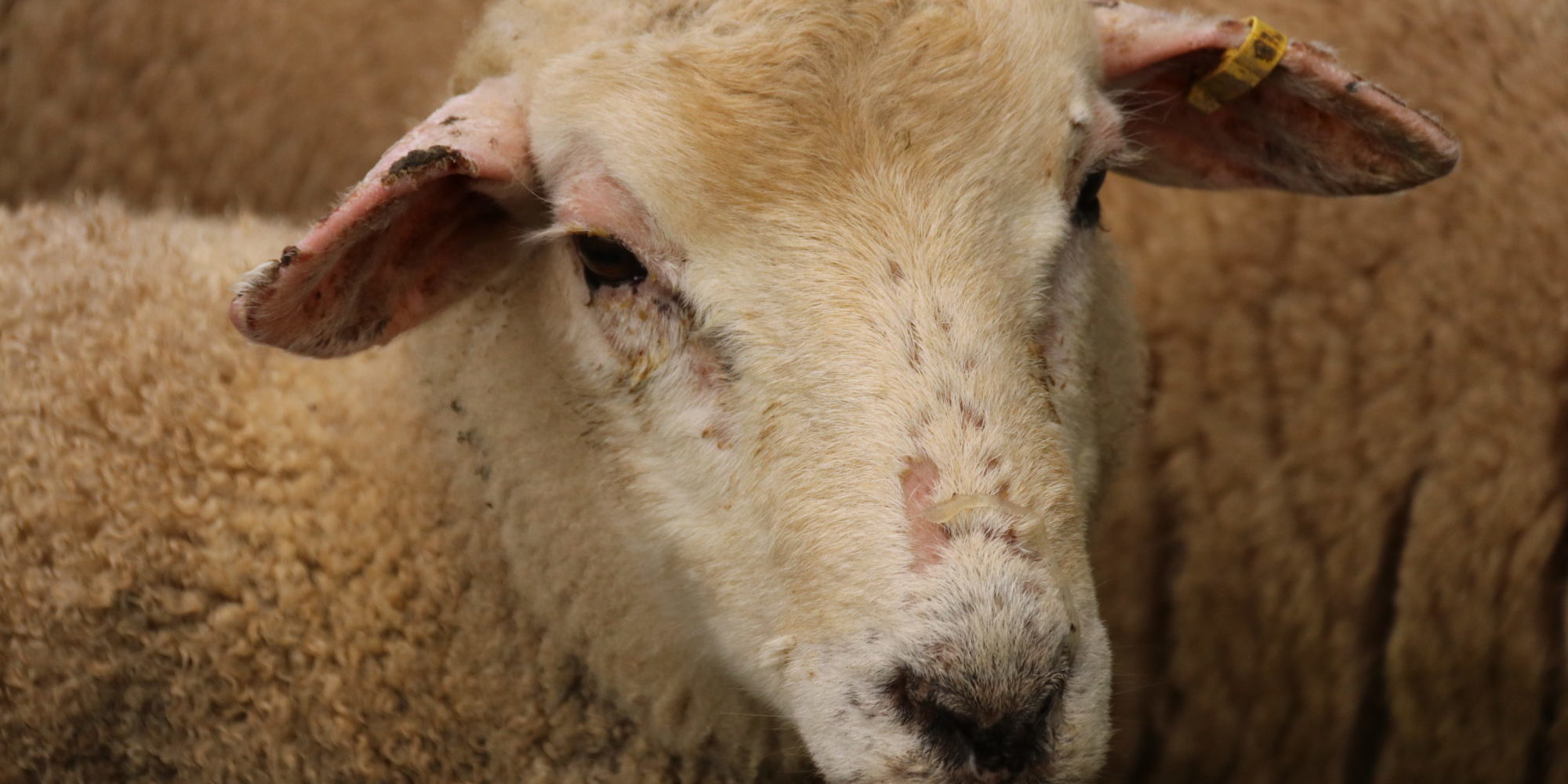What is it?
Facial eczema is a disease affecting sheep, cattle and alpacas, and is caused by a toxin called sporidesmin. Sporidesmin is produced by the spores of the fungus Pithomyces chartarum growing on pasture. The fungus grows in the base of pasture in warm moist conditions found at this time of year. When ingested the spores damage the animal’s liver which can result in poor reproductive performance, reduced growth rates and in dairy cows a noticeable drop in milk production. Not all animals will show clinical (visible) signs, but they can still be affected subclinically. Those with subclinical infections will have liver damage and the associated reduced performance but will look normal on the outside.
Clinical signs include skin peeling, facial swelling, droopy ears (particularly sheep) and restlessness, while cows with white/pink teats will be painful to milk. All of these signs can cause pain and discomfort, contributing to the negative welfare impact this terrible disease has.
How do we prevent it?
The spores that produce the sporidesmin toxin can be counted in a grass sample. Regular spore counting is done in our region from a selection of monitor farms, to show general trends of how many spores are out there. The more spores that are consumed, the more risk there is to the animal.
As a general rule, spore counts over 30,000 spores per gram are considered risky. For information on the risk in a specific paddock, a spore count from that paddock will need to be taken as the counts can vary widely even between neighbouring paddocks.
Using these spore counts, trigger levels can be decided on for when to apply further prevention. Prevention options include:
- zinc bolus treatment (eg faceguard bolus for sheep and cattle)
- zinc water treatment (for cattle, not suitable for sheep)
- pasture spraying with fungicide while counts are still below 50,000
- grazing “safe” pasture (identified by spore counting or low risk pasture species such as chicory, plantain)
- grazing to higher residuals to prevent stock eating the very base of the pasture (where spores are concentrated)
Even exposure to low spore counts (as little as 20,000) over an extended period can cause significant damage.
Long term it is possible to breed for tolerance to facial eczema and there are accredited ram breeders working towards this.
Treatment options for clinically affected stock are very limited. There are no good proven treatments for facial eczema and the long lasting effects of the liver damage mean that pregnant stock in particular often struggle in the following spring at lambing or calving, due to increased stress on them at that time.
Being vigilant and watching regional spore count trends will give you warning of when to start prevention. Each season is different and monitoring is the only way we can see what is happening right now.






